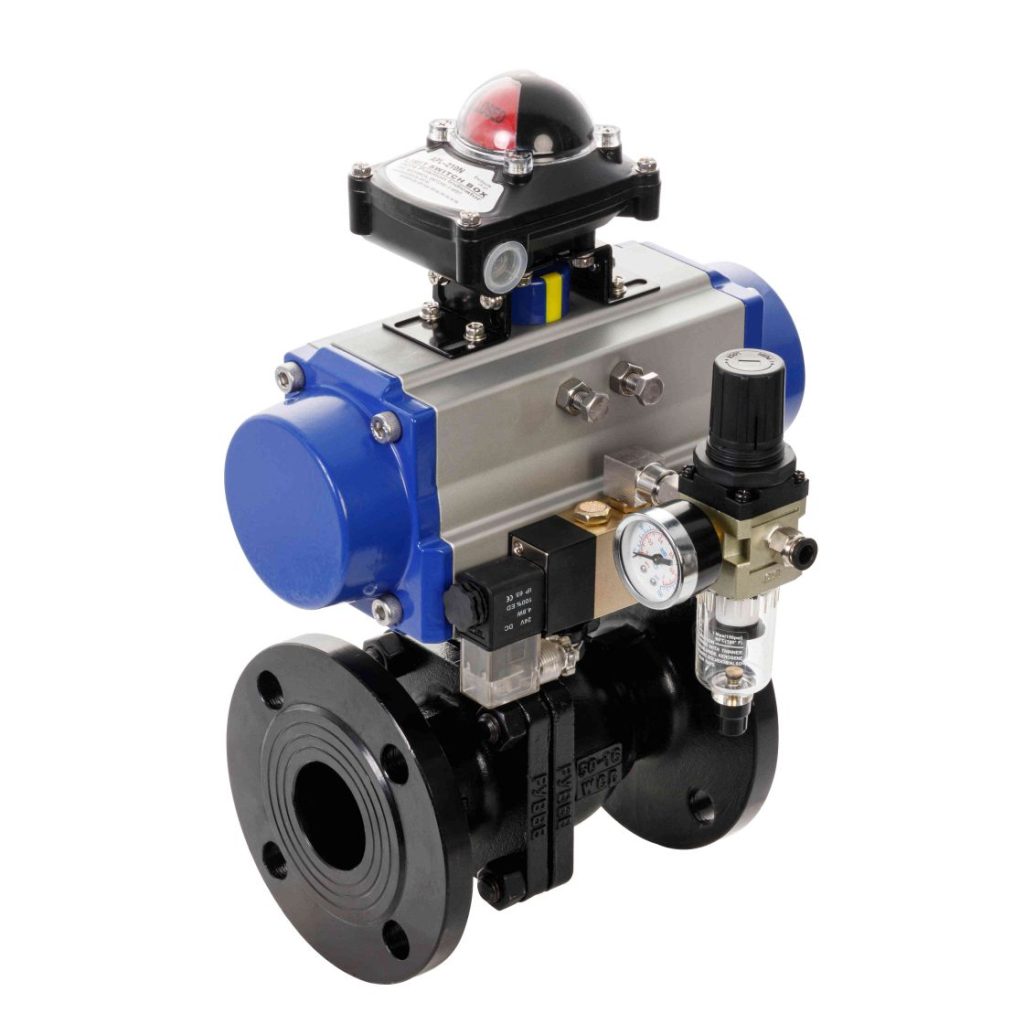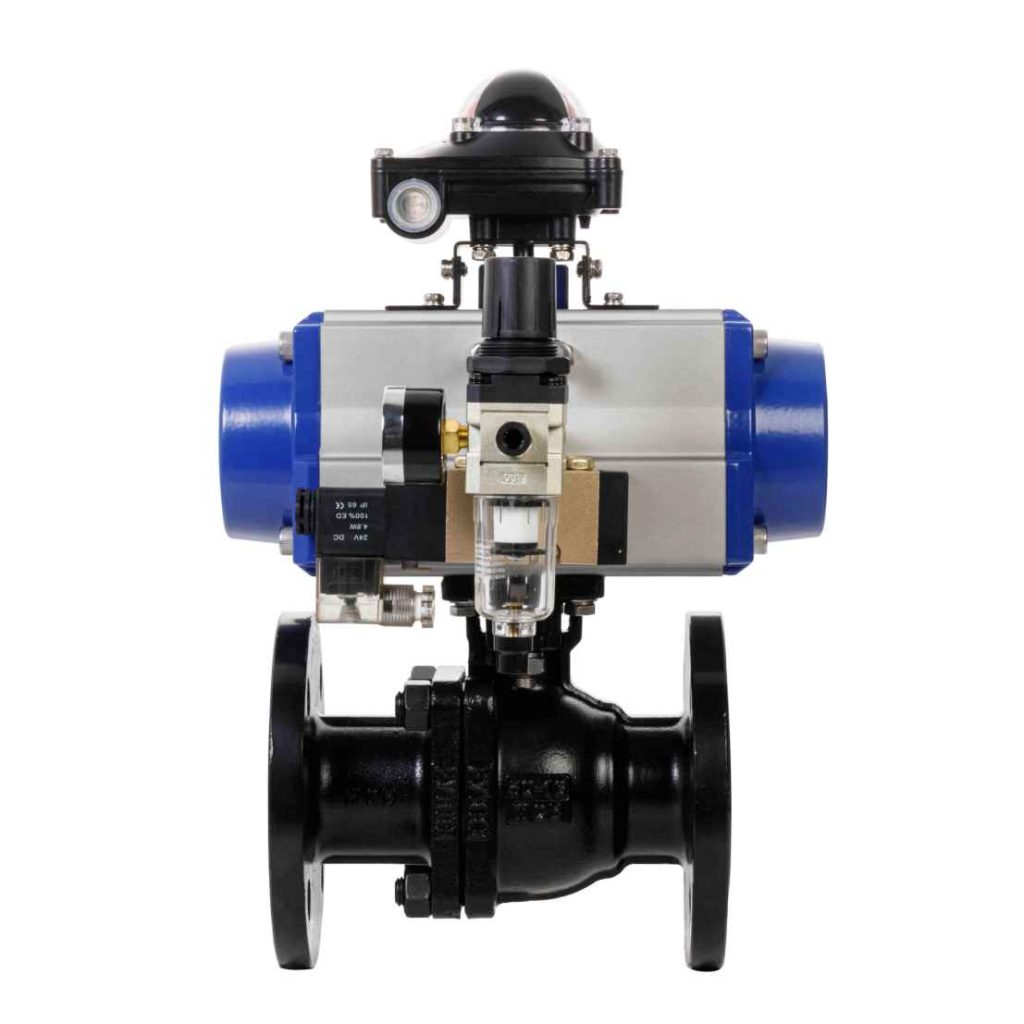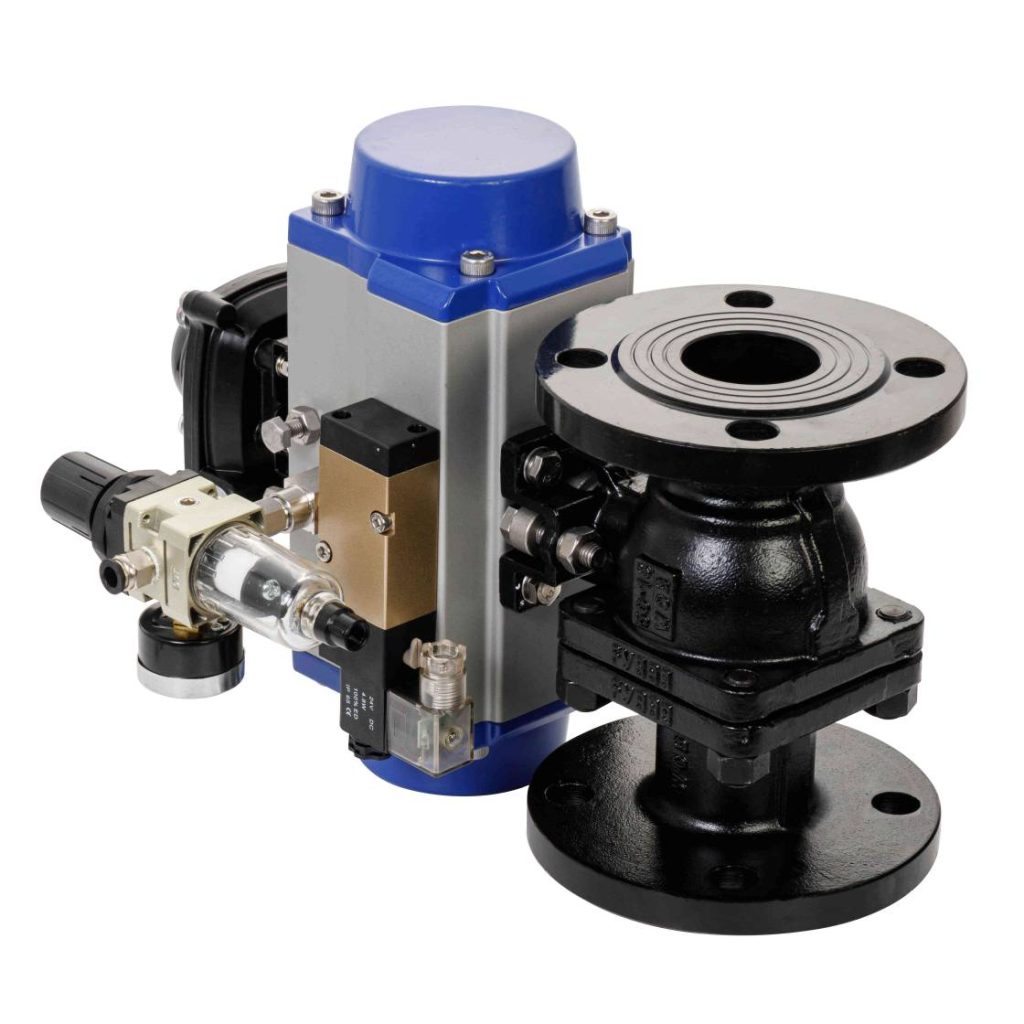In the realm of industrial automation and fluid control, stainless steel pneumatic ball valves have emerged as pivotal components. These valves offer a reliable solution for regulating the flow of liquids and gases in various applications, from manufacturing to food processing. This article aims to provide an in-depth understanding of stainless steel pneumatic ball valves, including their design, functionality, advantages, and applications.

Design and Functionality

Stainless steel pneumatic ball valves are composed of a spherical disc (the ball) that controls the flow of fluid through the valve. The ball features a hole in its center, which aligns with the flow path when the valve is open and obstructs it when closed. This simple yet effective design allows for quick and efficient operation. The valve is typically actuated by a pneumatic actuator, which is powered by compressed air. When air pressure is applied to the actuator, it rotates the ball, either allowing or blocking the flow of fluid. This mechanism enables rapid switching between open and closed positions, making stainless steel pneumatic ball valves ideal for applications requiring frequent cycling.
